A novel CREBBP mutation and its phenotype in a case of Rubinstein–Taybi syndrome, BMC Medical Genomics
Por um escritor misterioso
Descrição
Background This study was to report a novel CREBBP mutation and phenotype in a child with Rubinstein–Taybi syndrome. Methods Case report of a 9-year-old boy. Results We described the patient’s clinical manifestations in detail, and found that in addition to the typical systemic manifestations of the syndrome, the outstanding manifestation of the child was severe intellectual deficiency and prominent ocular abnormalities. Whole-exome sequencing and sanger sequencing were performed on the patient and his parents, a large intragenic deletion, covering the exon 1 region and part of the intron 1 region of the TRAP1 gene, and the entire region from intron 27 to exon 30 of the CREBBP gene (chr16:3745393-3783894) was identified on the patient. This mutation affected the CREBBP histone acetyltransferase (HAT) domain. Conclusions This findings in our patient add to the spectrum of genetic variants described in Rubinstein–Taybi syndrome and present a RSTS patient with various ocular anomalies including early onset glaucoma.

PDF) Rubinstein-Taybi Syndrome: A Model of Epigenetic Disorder

Genes, Free Full-Text
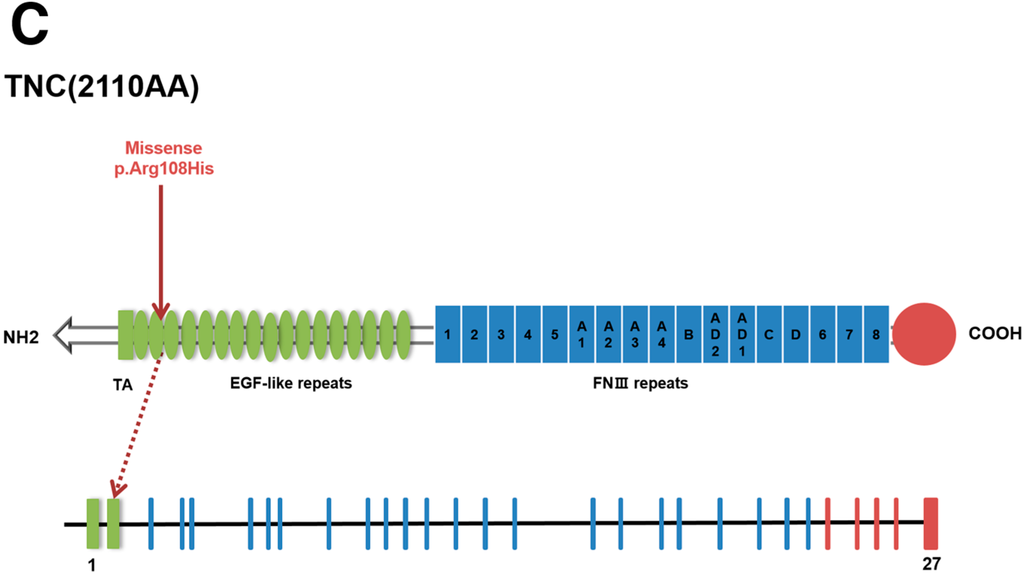
IJMS, Free Full-Text

High frequency of copy number imbalances in Rubinstein–Taybi

PDF) Molecular studies in 10 cases of Rubinstein-Taybi syndrome
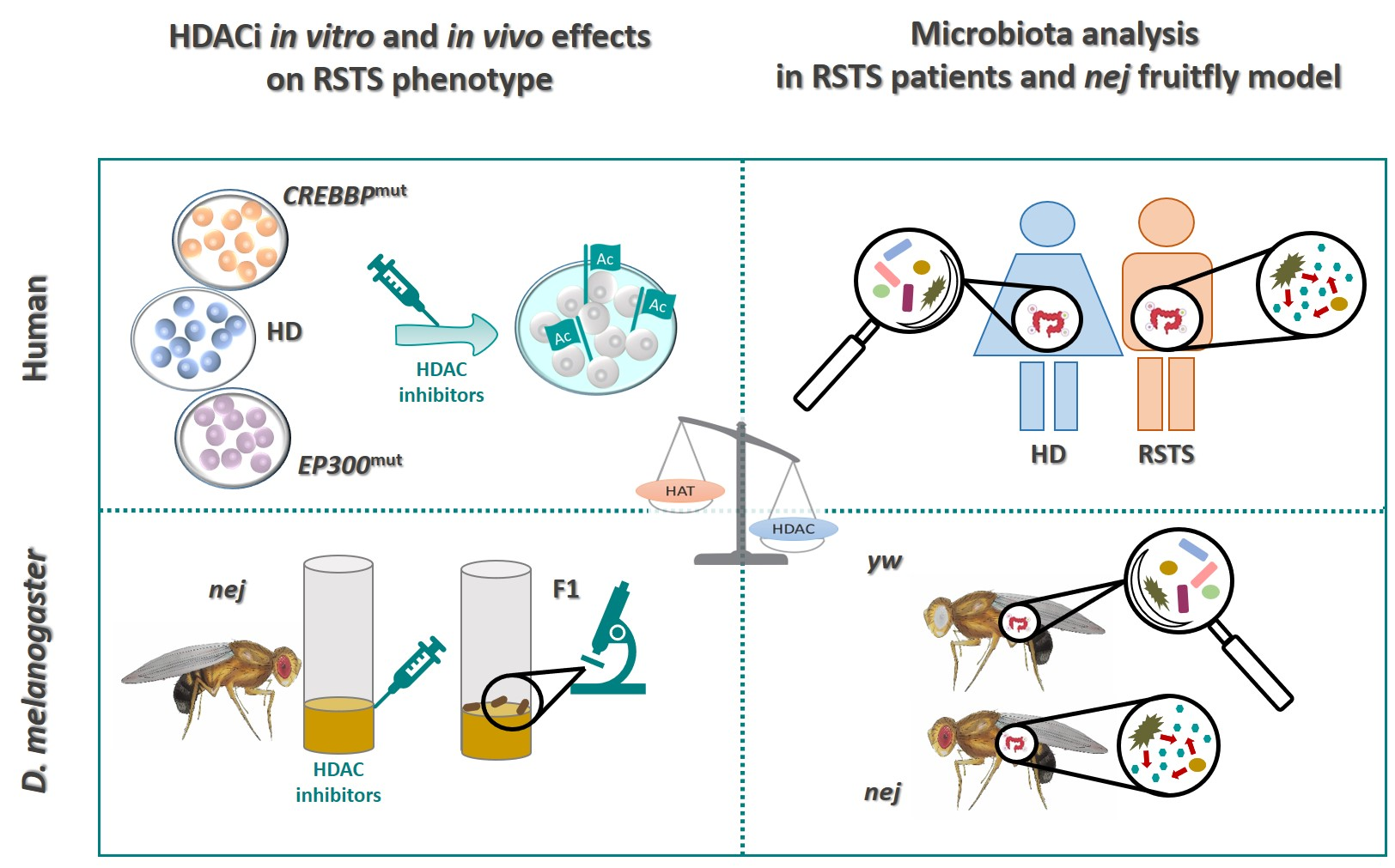
IJMS, Free Full-Text
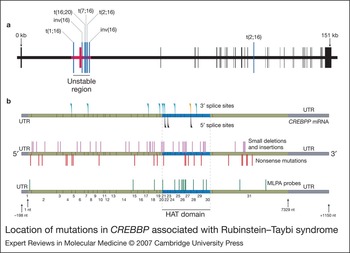
Rubinstein–Taybi syndrome: clinical and molecular overview
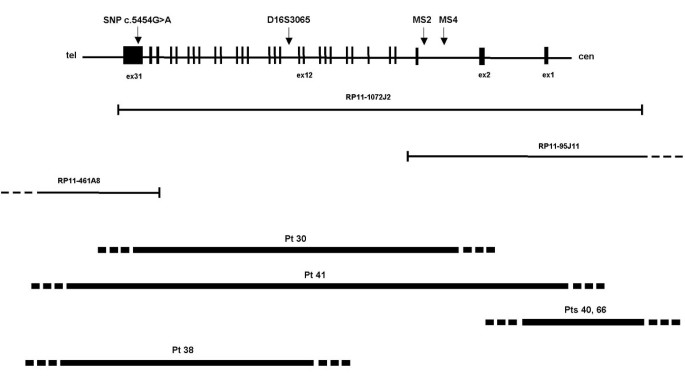
Rubinstein-Taybi Syndrome: spectrum of CREBBP mutations in Italian
Chromosome 16p13.3 Contiguous Gene Deletion Syndrome including the
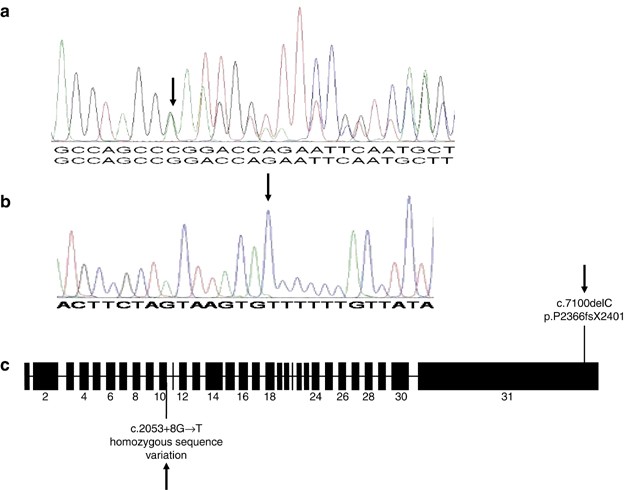
Confirmation of EP300 gene mutations as a rare cause of Rubinstein
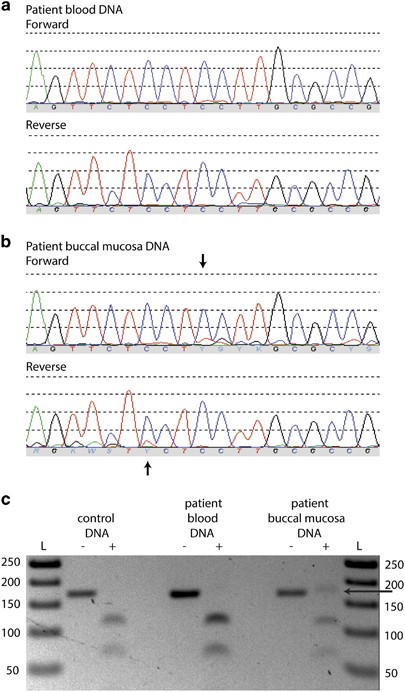
Mosaic CREBBP mutation causes overlapping clinical features of

New insights into genetic variant spectrum and genotype–phenotype

Histone acetylation deficits in lymphoblastoid cell lines from

Rubinstein-Taybi Syndrome - an overview

Case report: a Chinese girl like atypical Rubinstein–Taybi
de
por adulto (o preço varia de acordo com o tamanho do grupo)






